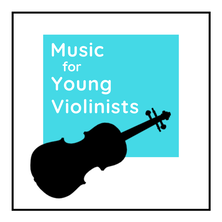|
After spending decades teaching and hours every day watching how the body's posture impacts the instrument's sound, I can not stress enough that the body is the first instrument. One of the most common problems is too much activation in the shoulders. Learn 3 innovative ways to train and teach the release of muscles in the shoulders in this blog post below. When we play the violin, both shoulders tend to tighten up and cause negative issues in our playing. Here are 3 tips to help violinists gain awareness in their shoulders and keep their violin playing healthy. 1- PRACTICE LAYING DOWN This is silly and awkward BUT highly effective. The laws of gravity will help a violinist feel a naturally aligned state in their body when they play laying down. Laying down while playing the violin is an incredible tool for the following three techniques: 1-Teaching the neck to release tension. 2- Supporting the shoulders in finding the base of their sockets. 3- Getting the knees to soften up. Young children love this because it feels like a novelty, however, this practice technique is appropriate for players of all ages and levels. Laying down while playing the violin will create a very unnatural feeling in the bow arm and compromise the sound, but the long-term results of alignment and awareness are more than worth the short-term compromises. 2- TIGHTEN UP: Go to the extreme to build awareness. Tighten up the shoulders as much as possible for 5 seconds and release. I use this verbal cue: "put your shoulders in your ears." After this intense use of muscles, the shoulders will respond with fatigue and rest by staying down in the bottom of their sockets. They may not always stay down for the rest of the lesson or practice session, but this exercise helps develop the necessary awareness to address tight shoulders and fix this problem in violin playing. In addition to creating muscle fatigue and natural inclination to release, this tip will also help a violinist realize the extreme of their range of motion so that they have more control in choosing where their shoulders go when playing. 3- EVALUATE THE CHIN REST AND SHOULDER PAD SET-UP: When was the last time you changed your *chin rest or shoulder pad? Young students with growing bodies have different proportions in their neck-shoulder-arms approximately every six months and, their playing needs are also growing. Chin rests and shoulder pads need to be re-evaluated for younger players on a regular basis because of this continual physical and musical growth. Most of us do not live in a major metropolitan area with a large string supply store to experiment with a variety of gear for our violins. Instead of this, stay up to date and informed of the variety of chin rests and shoulder pads by subscribing to string catalogs (links below). Also, consider the Poly-Pad which I have featured on the “Things I Love” page. This economical shoulder sponge has extra curves than competitors pads and is one of my favorites. When I moved to Oregon 15 years ago I purchased a Poly-Pad in each size and it really helped me individually fit all of my students. Interested in more tips for playing the violin? Below are 3 M4YV tutorial videos on vibrato, pizzicato and bow hold "bunny flips" that share ideas to help you bring out the best in your music making!
How do you help your student keep their shoulders relaxed when they play the violin?
0 Comments
Learn 4 ways to keep you and your students healthy. Includes a hand washing video tutorial by a registered nurse and a free download. I have heard the statement below from several parents in my studio over the years. While I understand this sentiment, it can be more complicated because children can show symptoms of being sick very rapidly. For example, they can go to school normally presenting, feeling well and then come down with a fever halfway through the school day. This is not the fault of the parent. It does not help that many parents have inflexible policies with their work obligations that make staying home with a sick child difficult to organize. That being said, there absolutely is truth in the fact that if someone is sick and stays home, it will prevent the pathogenic "bug" from being shared and infecting others. It is the timeless golden rule "do onto others as you would have done to yourself." As a music teacher and adult, it is your responsibility to keep your studio healthy. Below are 4 ways you can accomplish this. Please also review the blog posts: Thank You for Washing Your Hands Before Your Lesson How to Keep Your Studio Healthy for additional resources + download a free hand washing sign PDF on the FREEBIES page to post in your studio/school. 1- Create studio policies where neither the teacher nor the student feels obligated to attend lessons when sick. Studio policies need built-in flexibility to allow both participants to refrain from attending if they are sick without fear of financial loss. Policies also need to set the expectation that students will wash their hands before their lesson. Also, consider adding a "Winter Break" to your school year. Starting in 2016, I began adding a winter break to my studio during the second week of February. I chose this time of year because this was when most absences due to illness occurred. Also, I believe the winter season should be more restful than other times. Tuition remained the same, so I did not see a reduction in my income. Both students and I used this as a time to take care of our health with extra rest and self-care, resulting in less sickness in my studio. 2- Teach and enforce proper hand washing. Proper hand washing lasts 20 seconds, requires friction and specific techniques. Your students should be expected to wash their hands: 1- Before a lesson. 2- If they touch a mucous membrane (such as the nose) or other body fluid. 3- If they sneeze or cough. Young students will need to be instructed on how to properly wash their hands and observed while learning this skill. 3- Teachers need to model their expectations for their students and take responsibility for the wellness of their studio. If you, as the teacher, are not feeling well, then you are expected to stay in bed. Again, this leads back to the importance of having policies supporting you so that your income does not suffer while you recuperate. You are apt to feel better at all times by instilling healthy practices such as prioritizing rest, staying hydrated with water and eating proper nutrition. 4- Use technology such as Skype, FaceTime or Zoom to have a video connection rather than a face-to-face lesson. Alternatively, you can have your students email or text a video for you to review and then provide them with feedback. Always be aiming to build into your teaching techniques for how to practice so you have embedded clear expectations for successful independent home practice. On this note, if you have not observed your students practice, I urge you not to make the same mistake I did. Finally, after 20 years of teaching, I spent 1 week watching my students practice (learn more about The Practice Experiment), which was shocking. After I watched my students practice, only then did I know how to create a clarity of expectation for the students to reach their highest level. Have a tip to share for how you keep your studio healthy?
Please share in the comments below. Thanks! The Poly-Pads by Michael Kimber are one of my favorite shoulder pads because they have an additional curve in the design that other foam pads do not include and are very economical. Michael runs a great business, they always arrive quickly and he was kind enough to donate an entire set to Music for Young Violinists for our October GIVEAWAY CONTEST!!! When I first moved to Oregon 9 years ago I bought a Poly-Pad in every size and it has been so helpful in individually fitting each student so I know these will be a benefit to 1 lucky violin teacher.
To WIN simply write in the blog comments below what your favorite shoulder pad(s) are and why. Winner will be chosen at random November 20. Thanks! To Visit the Poly-Pad website click HERE. The Violinist Athlete and Injury Prevention with Dr. Victor Lin Dr. Victor Lin, is physiatrist with the Rehabilitation Medicine Associates of Eugene, gifted educator and parent of a talented young violinist. He created this concise presentation The Violinist Athlete and Injury Prevention specifically for teenage violinists to inform them about the potential injuries violinists are prone to getting and to offer solutions for preventing these injuries. I suggest making these videos a required viewing assignment for any of your teenage students who are practicing more than 1 hour a day to help them have healthy and long violin careers. This 2 part presentation can be viewed by clicking on the video links below along with a summary of the contents. The Violinist Athlete and Injury Prevention, Part 1:
The Violinist Athlete and Injury Prevention, Part 2:
|
Categories
All
Archives
February 2024
AuthorHi! It's me, Heather. I absolutely love working on the Music for Young Violinists project and all the many facets: blogging, website, music, teaching materials, freebies, videos, newsletter and giveaway contests. The best part is connecting with you so feel free to drop me a line. You can learn more about me on the "ABOUT" page. Thanks! |
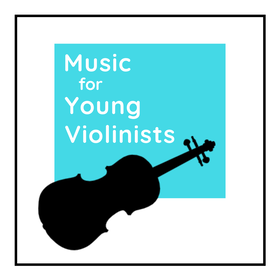
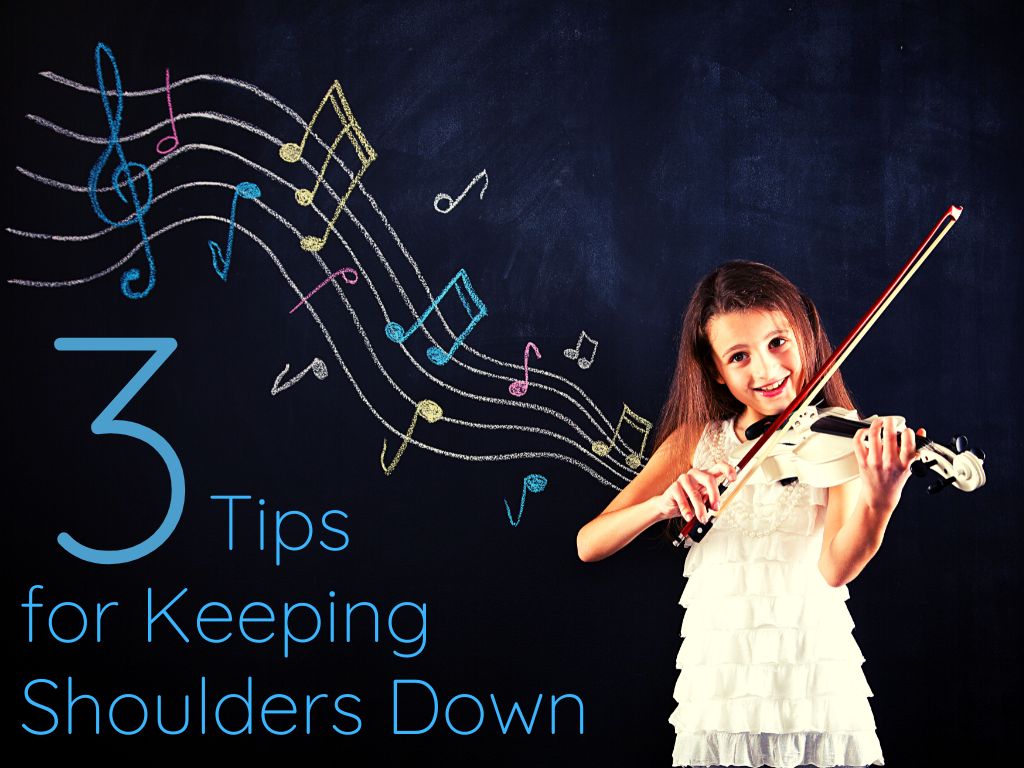
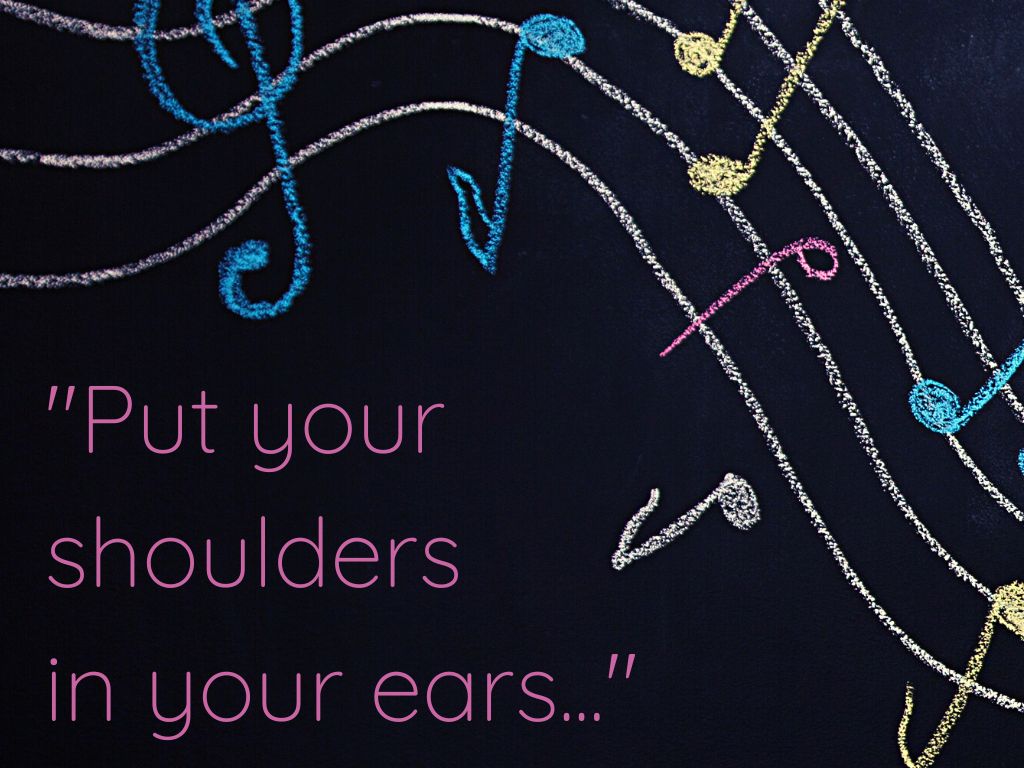
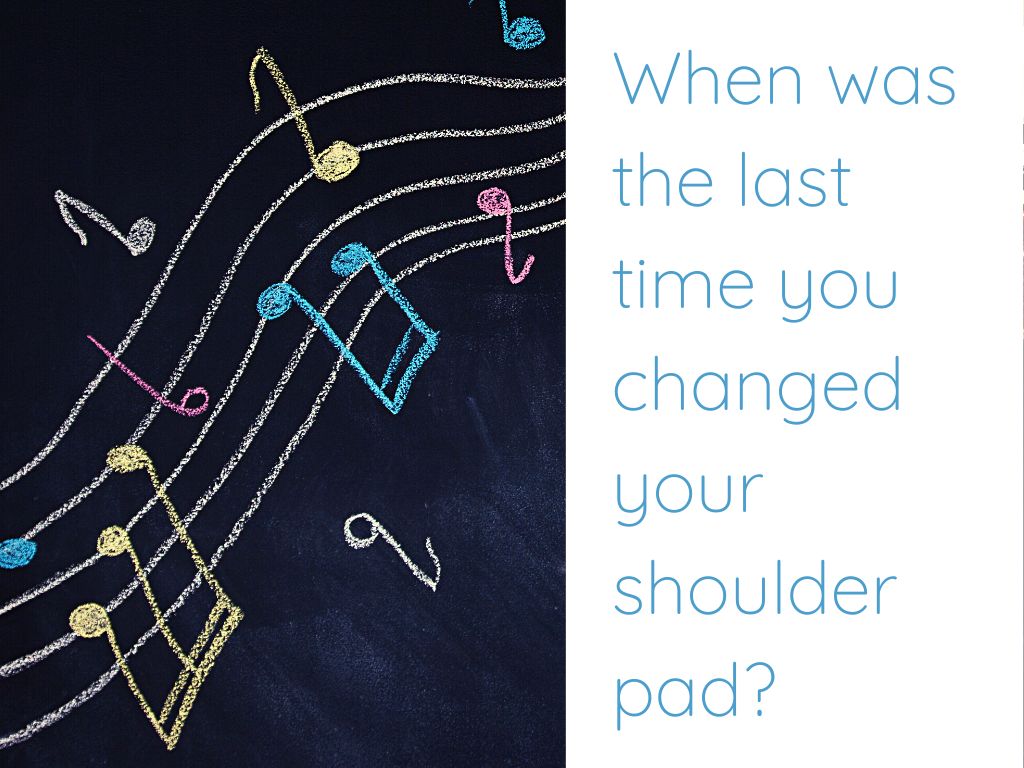
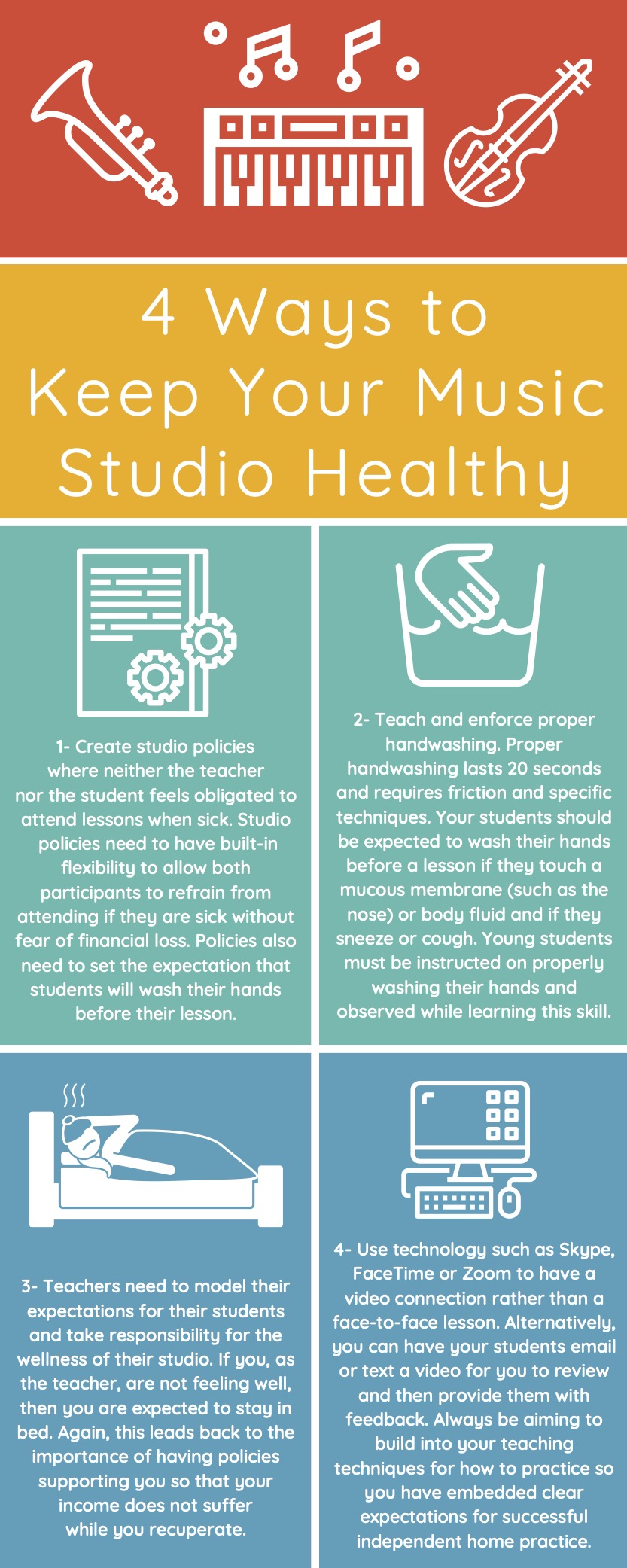
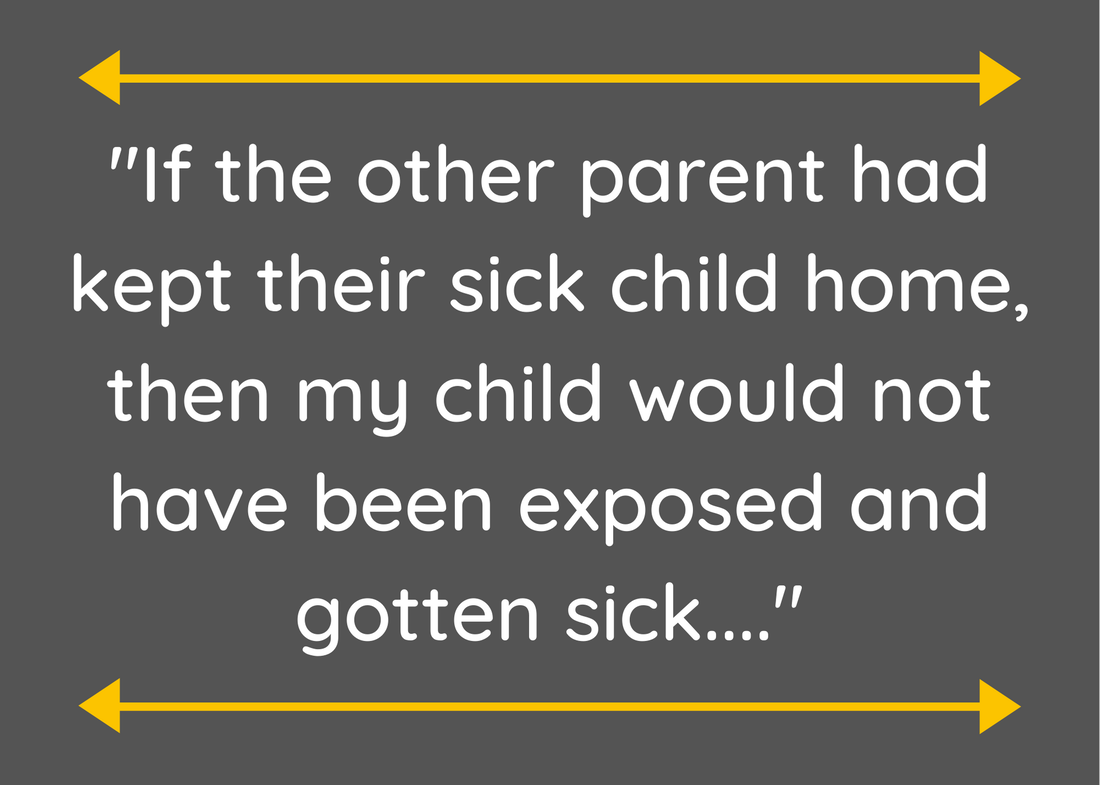
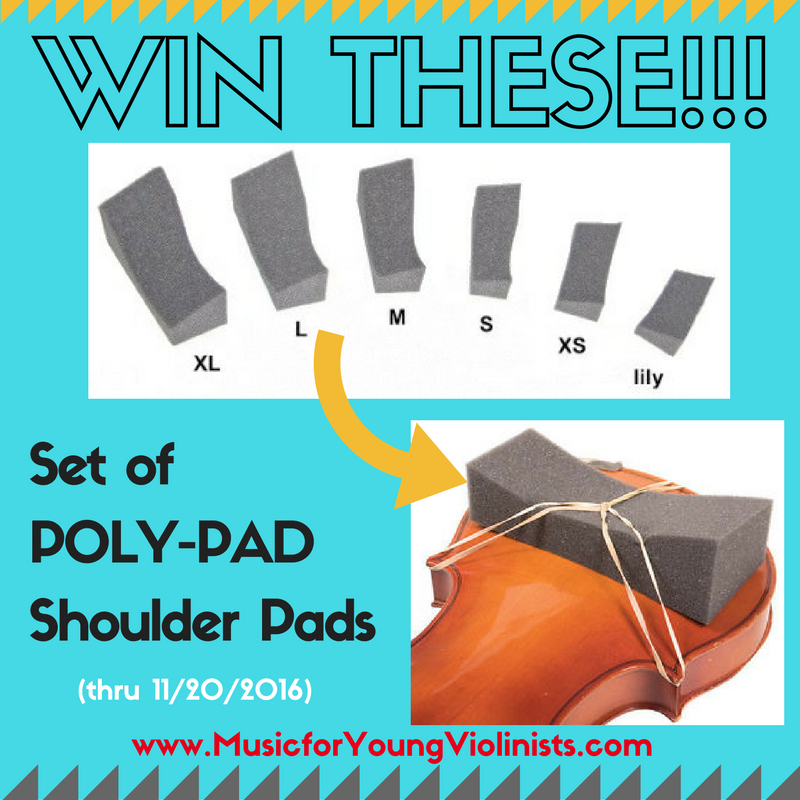
 RSS Feed
RSS Feed
